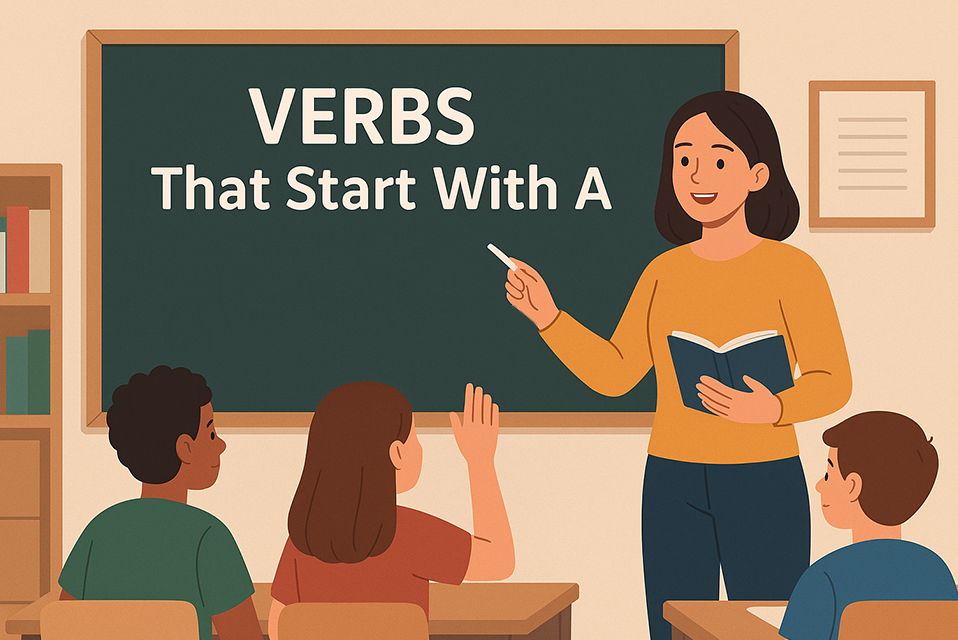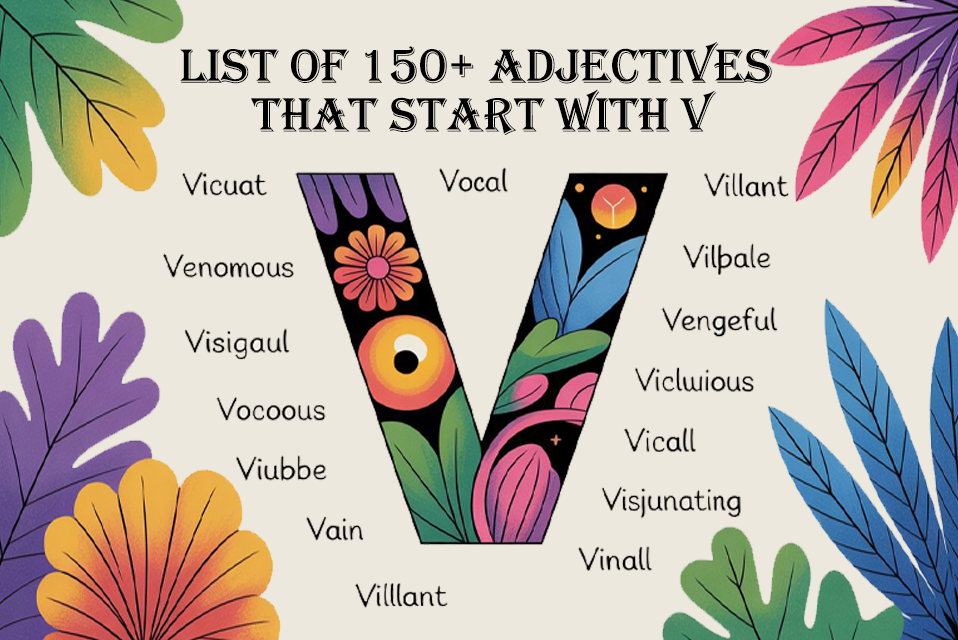Language is built on words, and verbs form the heartbeat of every sentence. Without verbs, we cannot express action, state, or time. However, verbs rarely work alone. They often need support to form tenses, express mood, ask questions, or add emphasis. This is where helping verbs come in.
In English grammar, helping verbs, also called auxiliary verbs, are essential tools that give strength and clarity to the main verb. They are small in size but powerful in function, ensuring that sentences are not only grammatically correct but also meaningful. Just like opposite words add contrast and depth to vocabulary, helping verbs add structure and accuracy to sentences.
What Are Helping Verbs?
A helping verb is a verb that accompanies the main verb in a sentence to create verb phrases. It does not carry the full meaning on its own but assists in expressing time, mood, voice, or emphasis.
Example:
She is reading a book.
Here, is is the helping verb, while reading is the main verb.
Types of Helping Verbs in English
Helping verbs can be divided into three major categories: Primary Helping Verbs, Modal Helping Verbs, and Semi-Modal Helping Verbs.
1. Primary Helping Verbs
These include forms of Be, Do, and Have.
They are most commonly used to form tenses, passive voice, and questions.
- Be verbs: am, is, are, was, were, been, being
- Example: She is singing.
- Have verbs: have, has, had
- Example: I have finished my work.
- Do verbs: do, does, did
- Example: He does not like cricket.
2. Modal Helping Verbs
Modal auxiliaries express necessity, ability, permission, or possibility.
They do not change according to the subject.
List of Modal Verbs: can, could, may, might, shall, should, will, would, must, ought to.
Examples:
- You must study for your exam. (necessity)
- She can dance very well. (ability)
- We may travel tomorrow. (possibility)
- They should help their parents. (duty/advice)
3. Semi-Modal Helping Verbs
These are verbs that behave partly like modals and partly like main verbs.
Examples:
Need to, used to, have to, dare.
Examples:
- He needs to finish the project.
- She used to play the piano.
- I have to leave early.
- They dare not speak.
Difference Between Helping Verb and Main Verb
Many learners confuse main verbs with helping verbs. Here’s a simple distinction:
| Feature | Helping Verb | Main Verb |
|---|---|---|
| Function | Supports the main verb | Shows the main action/state |
| Alone Meaning | Cannot stand alone | Can stand alone |
| Example Sentence | She is running. (is = helping) | She runs daily. (runs = main) |
Functions of Helping Verbs in English Grammar
Helping verbs are not decorative they serve real purposes in English communication.
- Forming Tenses
- I am reading now. (Present continuous)
- They were playing yesterday. (Past continuous)
- Creating Passive Voice
- The work was done by Ali.
- Forming Questions
- Do you like apples?
- Have they arrived?
- Showing Necessity or Possibility
- You must complete this task.
- It might rain today.
- Adding Emphasis
- I do like this movie!
- She does care about her friends.
Helping Verbs in Sentences (Examples)
- She is cooking dinner.
- We have completed our homework.
- He was watching TV when I called.
- They will travel next week.
- You should practice daily.
- I do not agree with this idea.
- He must return before sunset.
Complete List of Helping Verbs in English
- Primary Helping Verbs: is, am, are, was, were, be, being, been, do, does, did, have, has, had.
- Modal Helping Verbs: can, could, may, might, shall, should, will, would, must, ought to.
- Semi-Modals: need to, used to, have to, dare.
Exercises on Helping Verbs (with Answers)
Exercise 1: Fill in the blanks with the correct helping verb.
- She ___ (is/are) writing a letter.
- They ___ (was/were) playing football.
- I ___ (do/does) not like spicy food.
- He ___ (must/may) finish his work.
- We ___ (have/has) completed the project.
Answers:
- is
- were
- do
- must
- have
Exercise 2: Identify the helping verb.
- Ali is reading a book.
- They have gone to the market.
- You should eat healthy food.
- I will call you tomorrow.
- She does not like loud music.
Answers:
- is
- have
- should
- will
- does
Helping Verbs Worksheets
Teachers often prepare helping verbs worksheets to strengthen practice. Exercises include:
- Multiple-choice questions
- Sentence correction
- Fill-in-the-blanks
- Identifying auxiliary verbs in passages
Conclusion:
Helping verbs may look small, but they are the backbone of English grammar. They give structure to sentences, clarify meaning, and allow speakers to express themselves with precision. Whether forming questions, negatives, simple verb tenses, or continuous tenses, helping verbs work silently but effectively.
By mastering primary helping verbs, modal auxiliaries, and semi-modals, learners can unlock a higher level of fluency. Practice with examples, exercises, and worksheets will ensure accuracy in both spoken and written communication.
FAQs on the Importance of Helping Verbs
Q1. What are helping verbs?
Helping verbs (auxiliary verbs) support the main verb to form tenses, questions, or passive voice. Examples: is, am, have, do, will, must, should.
Q2. How many helping verbs are in English?
There are 23 helping verbs, including be, have, do forms, modals (can, may, must, shall), and semi-modals (need to, used to, have to).
Q3. Can a sentence have two helping verbs?
Yes. Example: She must have been studying all night.







